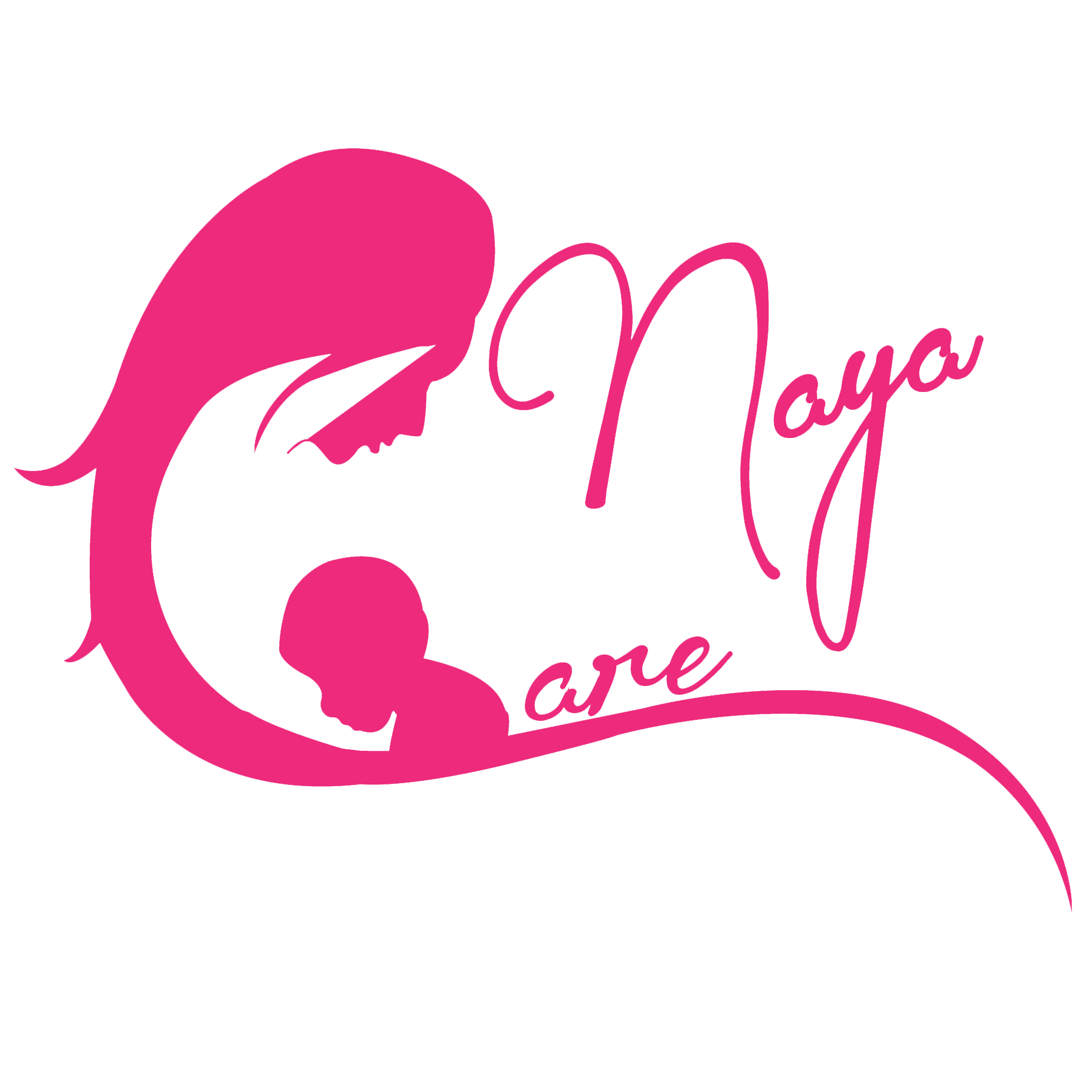
The Difference Between Postpartum Blues, Postpartum Mood Disorders (Postpartum Depression, Postpartum Anxiety), and Postpartum Psychosis
The 4th trimester is a critical time for mothers as they navigate the physical, emotional, and psychological changes that come with the postpartum period. During this time, it is important to understand the different types of postpartum mood disorders that can occur and provide the necessary support and resources to ensure the best possible outcomes for both mothers and their families. In this blog, we will explore the difference between postpartum blues, postpartum mood disorders (postpartum depression, postpartum anxiety), and postpartum psychosis.
- Postpartum Blues: Postpartum blues is a common experience for many mothers and is characterized by mild to moderate feelings of sadness, anxiety, irritability, and fatigue. These symptoms typically occur in the first two weeks after childbirth and are caused by hormonal changes, fatigue, and the stress of adjusting to life with a new baby. While postpartum blues can be distressing, it is usually a temporary condition that resolves on its own within a few weeks.
- Postpartum Mood Disorders: Postpartum mood disorders include postpartum depression and postpartum anxiety and are more severe and longer-lasting than postpartum blues. Postpartum depression is characterized by persistent feelings of sadness, hopelessness, and a loss of interest in activities that were once enjoyed. Postpartum anxiety is characterized by persistent feelings of worry, fear, and nervousness. These conditions can be severe and can impact a mother’s ability to care for herself and her baby.
- Postpartum Psychosis: Postpartum psychosis is a rare but severe mental illness that can occur in the postpartum period. It is characterized by symptoms such as delusions, hallucinations, manic behavior, and psychosis. Postpartum psychosis is a medical emergency and requires immediate treatment.
It is important to recognize that these conditions can occur in any mother, regardless of her background or prior mental health history. Moreover, it is important to understand that these conditions are treatable and that there are effective treatments available, such as therapy, medication, and support groups.
Want more? Download a free copy of Dr. Sonal Patel’s bestseller, The Doctor & Her Black Bag: How old fashioned care tackles maternal mortality and benefits America’s economy.


